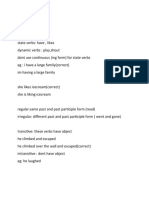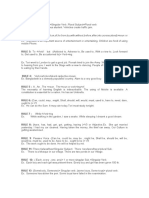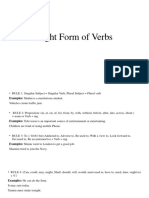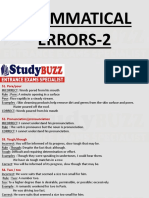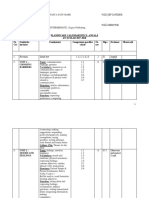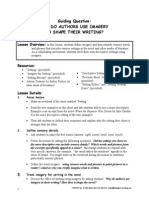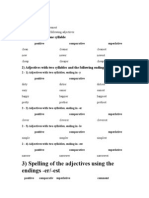0% found this document useful (0 votes)
29 views3 pagesGrammar Rules
The document outlines ten essential grammar rules for the PTE reading test, including the use of past participles, articles, modal verbs, and conjunctions. It emphasizes the importance of strong grammar skills and provides examples for each rule. Additionally, it includes other common grammar tips to help maximize test scores.
Uploaded by
Deeksha GosainCopyright
© © All Rights Reserved
We take content rights seriously. If you suspect this is your content, claim it here.
Available Formats
Download as PDF, TXT or read online on Scribd
0% found this document useful (0 votes)
29 views3 pagesGrammar Rules
The document outlines ten essential grammar rules for the PTE reading test, including the use of past participles, articles, modal verbs, and conjunctions. It emphasizes the importance of strong grammar skills and provides examples for each rule. Additionally, it includes other common grammar tips to help maximize test scores.
Uploaded by
Deeksha GosainCopyright
© © All Rights Reserved
We take content rights seriously. If you suspect this is your content, claim it here.
Available Formats
Download as PDF, TXT or read online on Scribd
/ 3




















